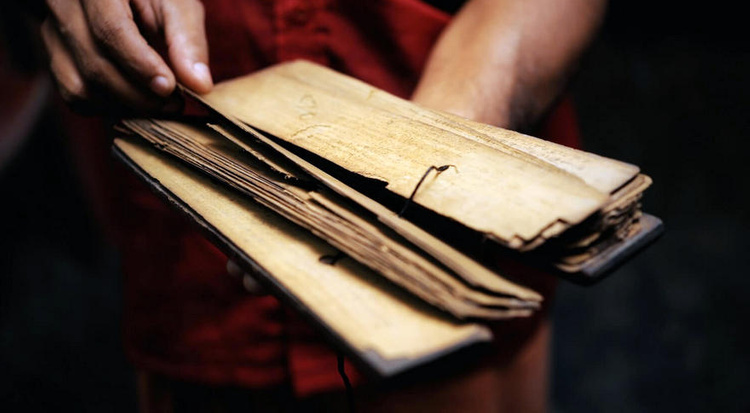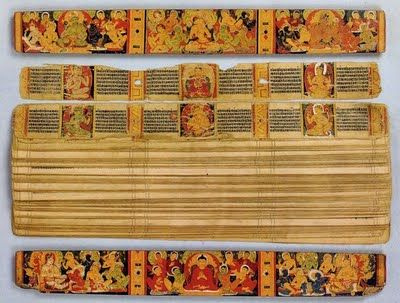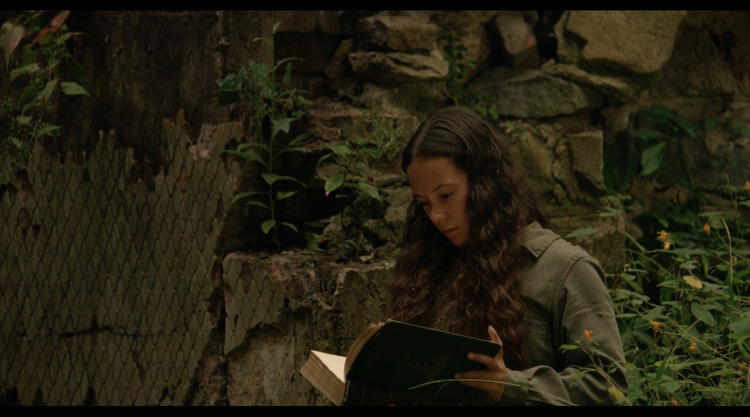What is 'Vedic'? Pt. 4 - The Vedas
- Jean Michel

- Apr 15, 2022
- 2 min read
Updated: May 11, 2022
The surviving Vedic manuscripts were written on palm leaves, narrow leaflets of delicate bark-paper. Storehouses of these ancient bundles of scripture are stored at the Bhandarkar Oriental Institute in Pune, Maharashtra, India.
The four major Vedic texts are the Rig Veda, Sama Veda, Yajur Veda, and Atharva Veda, all said to be written as far back as the Satya and Treta-yugas when religious observance was at its highest. These scriptures mostly consist of prayers to cosmic deities (mantras), instructions for performing rituals, and pastimes of important cosmic personalities.
The ‘Vedic Nights’ film is based on the Srimad-Bhagavatam, which was written down by the sage Vyasa at the beginning of this Kali-yuga in approx. 3000 BC. It is not grouped with the other 4 primary Vedic texts because is wasn’t translated into English until the 20th century by Srila Prabupada (more information in the next section).
Prior to the Kali-yuga these religious texts were completely memorized by the sages, ritualistically recited during rituals, and orally passed down through a lineage from master to disciple.
Today, for one guru to memorize thousands of verses would be nearly impossible. But remember that humans possessed different potentialities in the other yugas. Back then, life did not revolve around satisfying one’s physical needs, such as gathering food, seeking shelter from the elements, and maintaining a family.

From the Golden Age Satya-yuga on downwards until today, the conditions on earth became physically denser and materialistic in the literal and spiritual sense. Human being’s abilities diminished and such long texts could not be memorized, thus there was a need to preserve the ancient knowledge.
Modern historians are at a such a variance as to how and when the Vedas appeared because they were put to paper at a far later date than they were orally composed. One can easily get lost in the web of chronological details and overlook the simple idea that their composition was in prior yugas.
The 4 oldest Vedic texts are admittedly difficult to read, and one will notice the intense adherence to minute ritualistic details including obscure medical conditions and prescriptions. And the translation from Sanskrit to English loses complexity and nuance (like all translations) so a careful and in-depth study with reference to the purports of learned Vedic scholars is recommended.
This is not the case with the ‘5th Veda’, the Srimad-Bhagavatam, which can be easily picked up and read by a Western reader, as we will discover in the next section.




















Comments